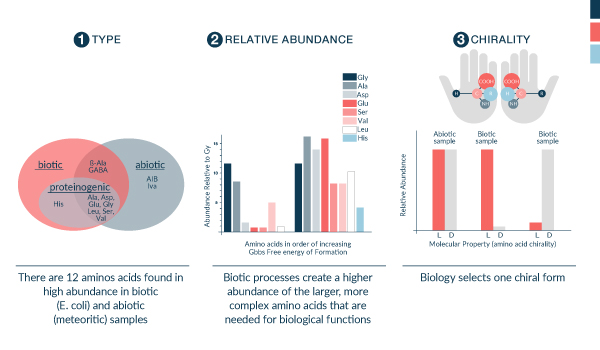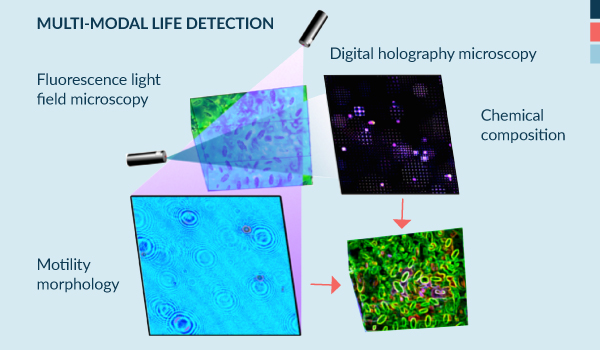Above:
The OWLS project will build the Field Prototype Instrument to take to Borup Bjord Pass in the Canadian High Arctic, a location that serves as an analog environment for ocean worlds such as Enceladus and Europa.
OWLS Project
Looking for Life on Ocean Worlds
Yong J. Chong - Peter Willis - Chris Lindensmith - Aaron Noell
The goal of the OWLS Project is to build a field prototype instrument to perform molecular and cellular analyses autonomously on Earth, which paves the way for future a spaceflight instrument ready for a life detection mission on another world in the coming decade. In the three years, OWLS will build the Field Prototype Instrument to take to Borup Bjord Pass in the Canadian High Arctic, a location which serves as an analog environment for ocean worlds such as Enceladus and Europa. This field campaign will validate the instrument for future astrobiology missions to ocean worlds.
With the objective of performing molecular and cellular analyses, OWLS Instrument has two major subsystems to perform those analyses. To perform molecular analyses, OWLS uses Capillary Electrophoresis-Laser Induced Florescence (CE-LIF) detection to
look for amino acids
and carboxylic acids, Capillary Electrophoresis Capacitively-Coupled Contactless Conductivity Detector (CE-C4D) for detecting charged species, and Capillary Electrophoresis-Electrospray Ionization coupled to Mass Spectrometry (CESI-MS) for broad-based detection and characterization of collections of organic molecules. To perform cellular analyses, OWLS uses the Digital Holographic Microscope (DHM) to detect number, composition and motion of particles and the Volume Fluorescence Imager (VFI) to identify biomolecules associated with the objects identified in the DHM. Using all five detection methods will be key in acquiring multiple lines of evidence for the presence of life on ocean worlds, should we encounter it during a future mission of exploration.
Amino Acids Detection: Amino acids are the building block of proteins and their distribution provides three distinct biosignatures.
+ Larger image




